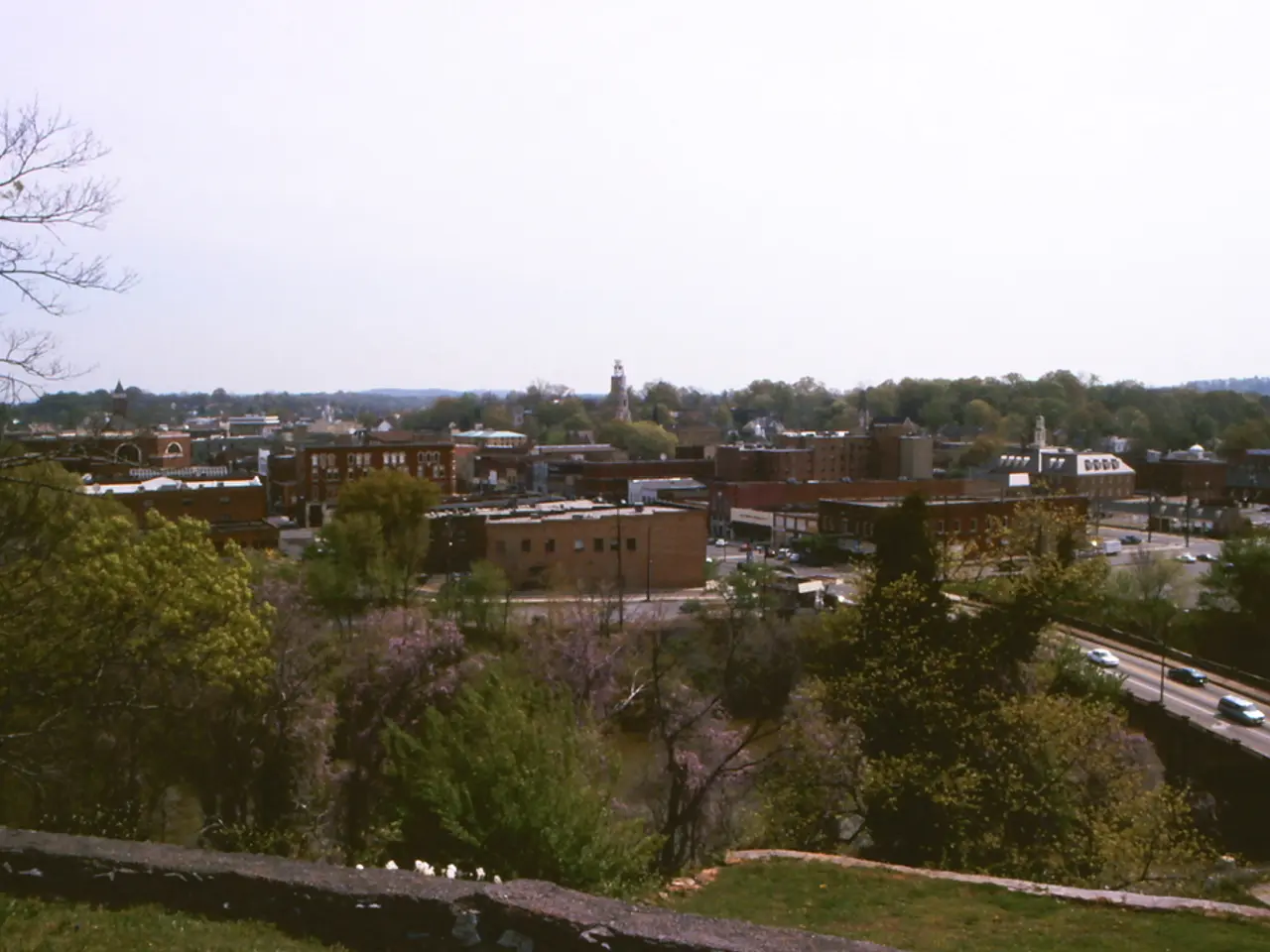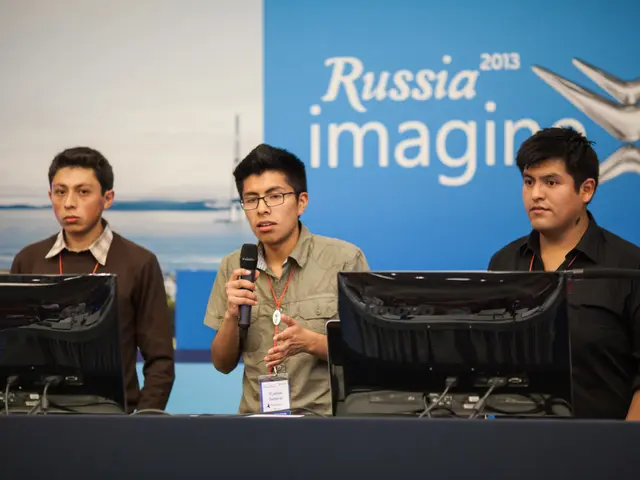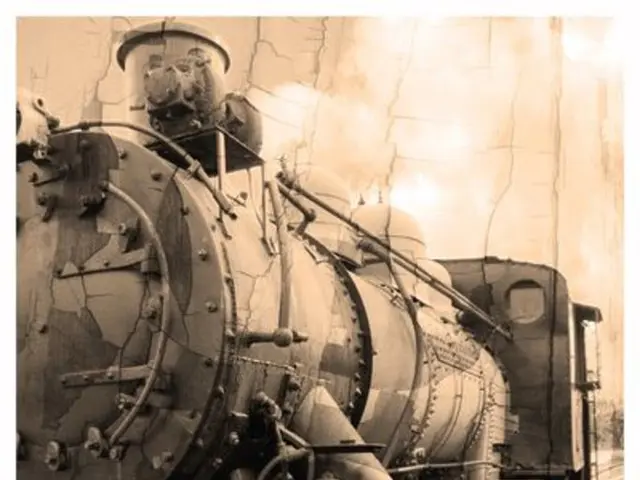Transformed Rail Junction in Bucharest Emerges as Thriving Business Center for the Capital
A New Central Business District Emerges in Bucharest: The Transformation of the Basarab Area
In the heart of Romania's capital city, Bucharest, the Basarab area has undergone a remarkable transformation over the past decade, evolving into a promising Central Business District (CBD). This dynamic evolution has been marked by substantial infrastructure development, the rise of modern office spaces, and a shift towards mixed-use developments.
Infrastructure Development
The area's infrastructure has seen significant investment, with improved road networks and public transportation. The construction of the Basarab Overpass, completed in 2011, has significantly reduced traffic congestion and enhanced connectivity with other parts of the city.
Real Estate and Office Space
The development of modern office spaces has surged, with several prominent buildings and complexes emerging. These facilities are equipped with state-of-the-art amenities and sustainable features, attracting major corporations and startups alike.
Mixed-Use Developments
The Basarab area is witnessing a shift towards mixed-use developments, combining offices, residential units, retail spaces, and entertainment options. This approach fosters a vibrant environment that supports both work and leisure activities.
Sustainability and Innovation
New buildings in the area are designed with sustainability in mind, incorporating green technologies and energy-efficient systems. This focus on innovation and sustainability aligns well with future-proof business district criteria.
Urban Regeneration
Efforts to revitalize the area have included urban renewal projects, enhancing public spaces and improving aesthetics. This has contributed to a more attractive and livable environment, enhancing the quality of life for residents and workers.
Connectivity and Accessibility
The Basarab area benefits from its central location and excellent connectivity to other parts of Bucharest, including the city's major transportation hubs. This accessibility makes it an attractive location for businesses seeking easy access to markets and talent.
Future Prospects
Expectations are high for continued investment in infrastructure and real estate, further solidifying the area's position as a future-proof CBD. The area is likely to see the development of innovation hubs and coworking spaces, fostering a culture of entrepreneurship and innovation. The emphasis on sustainability is expected to continue, with future developments incorporating cutting-edge green technologies.
The Basarab area, 2.5 kilometers west of Piată Victoriei, has emerged as a new CBD in Bucharest over the last 10 years. Today, the area is an attractive location for multinational companies, with many adding it to their email signatures. The cranes rising beside the Basarab bridge are not just filling a gap in Bucharest's skyline but redrawing the city's economic geography.
The area boasts several key developments, such as Vastint's Business Garden and CA Immo's Orhideea Towers, which have added 43,000 sqm and 37,000 sqm of office space, respectively. Prime rents in Centre-West locations like Basarab are approaching EUR 19 per sqm/month. CA Immo and Skanska are land-banking for additional projects that could push the office supply in the Basarab area beyond 250,000 sqm by 2028.
Moreover, the Basarab area has land left for future office development, making it the only sub-market close to the city center with this potential. Over 150,000 sqm of LEED- and BREEAM-rated office space has been delivered in the Basarab area since 2018.
The Basarab Station serves as a hub for two intersecting metro lines, M1 and M4, offering quick line swaps since the M4 platforms opened in 2000. In Q1 2025, office take-up was at 45,000 sqm, a 38% increase year-on-year. By 2025, the Basarab Overpass was completed, and a tram station was suspended 84 meters above the tracks.
The Politehnica University of Bucharest, Romania's largest technical university, is located nearby, creating a recruitment pipeline for large companies in the area. The Bridge, a three-phase project by Forte Partners, has delivered 80,000 sqm of office space and is owned by Paval Holding.
Older residents remember the construction of the first bridge pylons in 2006 and the changes in the area since then, including the emergence of cool local restaurants, craft-beer terraces, and a cycle lane. Over the past decade, the Basarab area has undergone significant transformations, evolving into a promising Central Business District (CBD) that is increasingly future-proof.
- The nuclear fusion of technology and education-and-self-development resources in the Basarab area could potentially foster a culture of lifelong learning and innovative thinking among the workforce.
- General news outlets might focus on highlighting the continuous growth and sustainable developments in the Basarab area, as it positions itself as a model for other cities undergoing CBD transformation.




